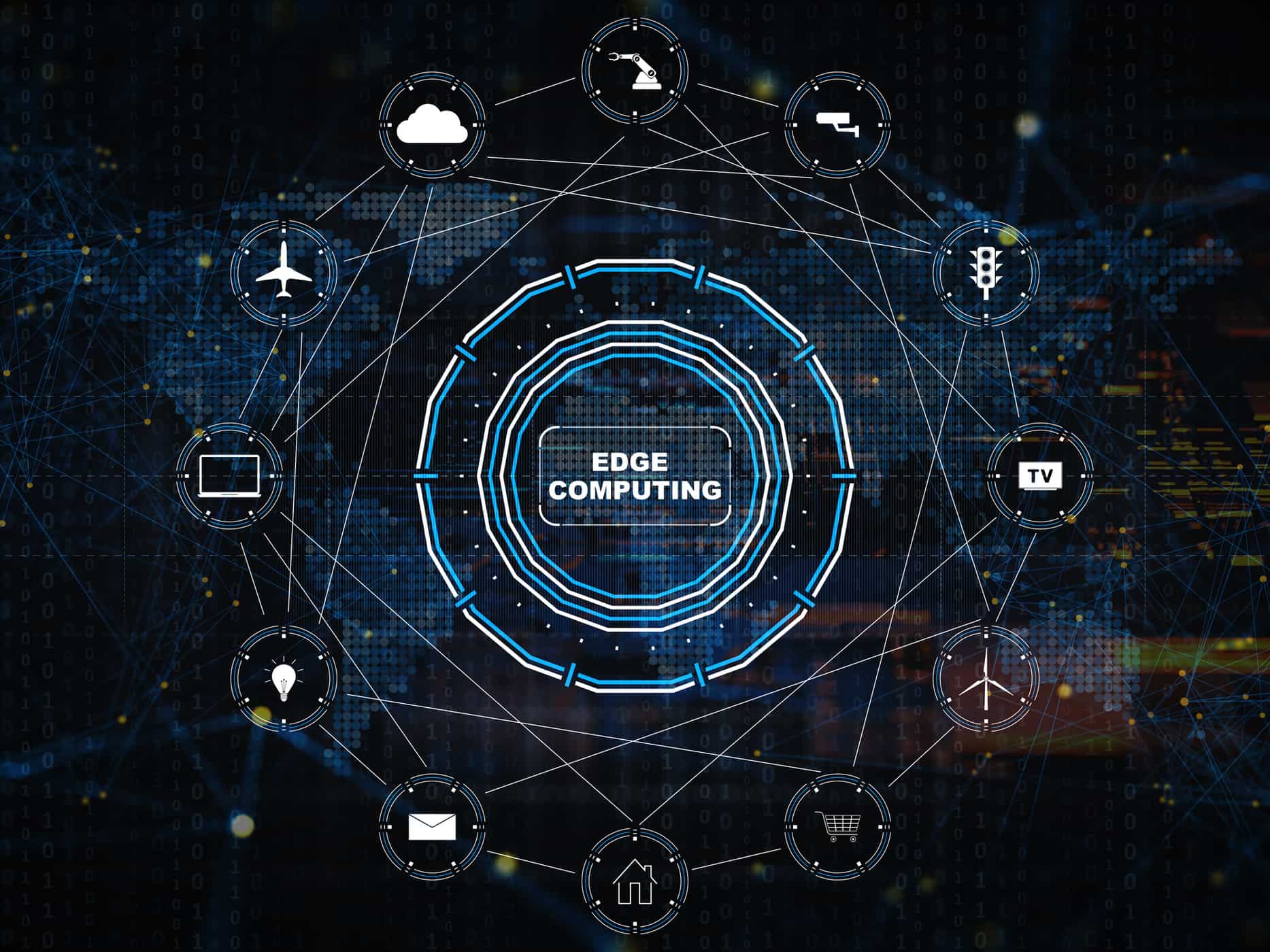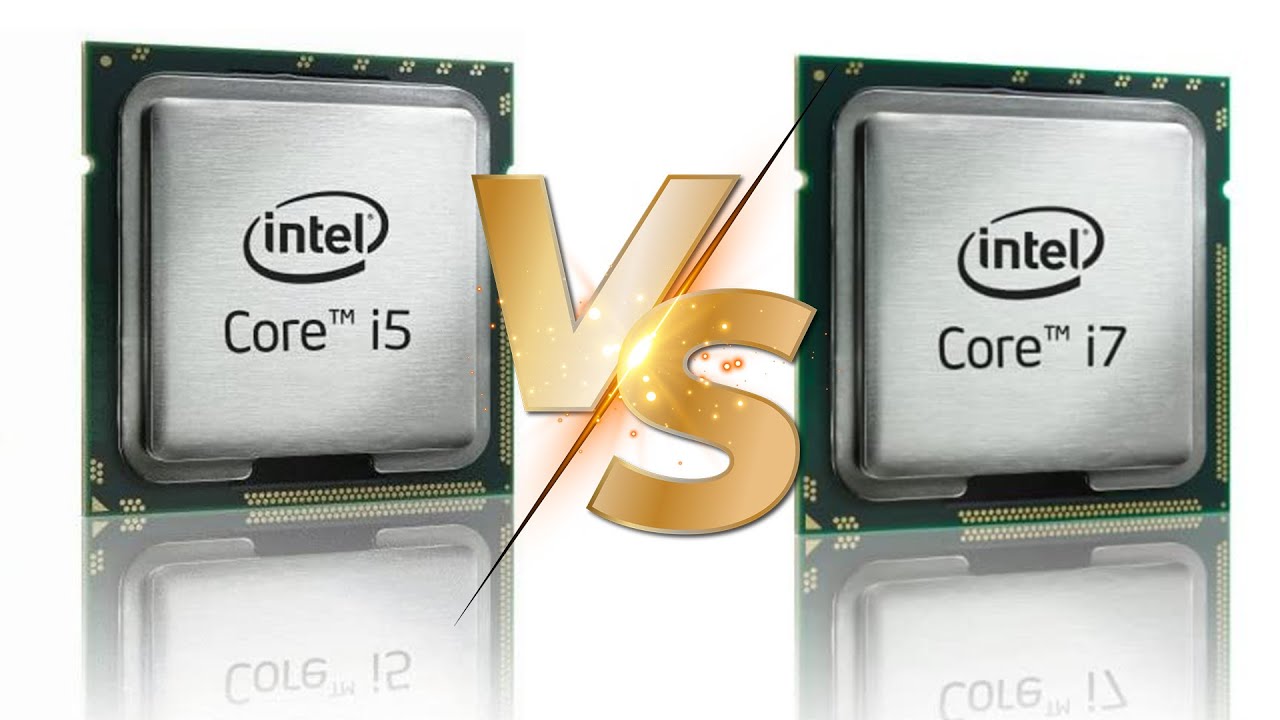Edge Computing: Your Data’s New Home Away from Home

Edge computing is changing how data is handled by bringing the resources closer to the edge rather than storing them in another location. This helps in easy data access and transmission, allowing you to manage your work accordingly.
Further, as the demand for faster, more efficient data handling grows, edge computing is emerging as a game-changer, offering businesses new ways to manage data with greater control, security, and responsiveness.
Let us know how edge-based computing helps data get a new home away from the home.
Real-time processing for the Right Location of the Data
Edge computing allows data to be processed right where it’s created instead of sending it to a remote server. This is helpful for situations that need quick reactions, like self-driving cars, smart devices, or factory machines. Waiting for data to travel to a central data center can slow things down too much. By processing data immediately at the source, edge computing ensures these systems can work without delays and make real-time decisions, keeping things running smoothly and safely.
Reduced latency
Latency is the delay between sending and receiving data. With edge computing, data doesn’t need to travel far to a central data center it gets processed nearby. This greatly reduces the time data travels back and forth, which is important for video calls or online games.
For example, during a video call, you want immediate responses. Edge computing helps ensure that by cutting down on the waiting time, giving users a much smoother and more responsive experience.
Improved Reliability
If the main data center has issues using traditional cloud computing, your entire system might stop working. Edge computing reduces this risk by allowing data to be processed locally, even if the central server goes down.
This means that, for critical tasks like managing machines in a factory, local systems can still function if there’s an internet or server problem elsewhere, ensuring that operations continue without interruptions or data loss.
Increased Privacy and Security
Since edge computing processes data closer to where it’s generated, less data needs to be sent across long distances. This can help protect sensitive information from being exposed to hackers or unauthorized access during transmission. Keeping data local and not relying on far-away servers reduces the chance of data breaches, making it a more secure option for sensitive industries like healthcare or finance.
- Reduced data transmission: Less data needs to be sent over long distances, minimizing exposure to potential threats during transmission.
- Local data processing: Keeping data closer to its source reduces the risk of data breaches and unauthorized access.
- Enhanced security for sensitive industries: Edge computing is particularly beneficial for industries that handle sensitive information, such as healthcare and finance.
- Improved Data Privacy: Edge computing helps protect sensitive information from being compromised by limiting the movement of data.
Cost savings for Further Business Investment
Businesses can save a lot of money using edge computing because they don’t need to rely as much on expensive data centers. Processing data locally reduces the need for constant communication with large, centralized cloud systems, which can be costly.
Edge computing also lowers the amount of data travelling long distances, reducing transmission costs. This is especially important for businesses handling massive amounts of data, like those in IoT or manufacturing.
Enhanced Scalability for Business Growth
Edge computing is very flexible. As a business grows or shrinks, it’s easy to add or reduce edge computing resources based on what’s needed. For example, a retail chain might increase edge computing power during busy shopping seasons and then scale it back during slower periods.
This ability to adjust resources easily makes edge computing an ideal solution for companies of all sizes, as it adapts to changing business demands.
Improved Network Efficiency
By processing it locally, edge computing reduces the amount of data travelling over networks. Instead of sending everything to a central data center, only the most necessary information is transmitted. This reduces network congestion and makes systems faster and more efficient. By lightening the load on the network, businesses can keep operations running smoothly without overwhelming their systems.
Conclusion,
Edge computing is not just a technology but a solution to critical data handling. By decentralizing data to another location, it helps you access the data easily with no hassle or difficulties. Also, this can make your data easily accessible and convenient.
In addition, as businesses continue to adopt edge computing, they will unlock new efficiencies and capabilities, making this technology an essential part of the digital landscape in the years to come.
Read More: 8 Ways IoT Edge Computing Can Transform Business in the Digital Age







